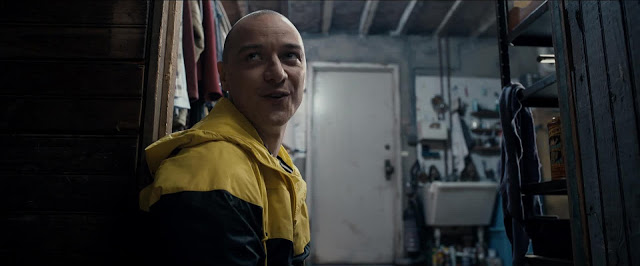Split: His Minds Have Something Sinister in Mind
To call Split a comeback for M. Night Shyamalan is both accurate and somewhat troubling. The cinematic Icarus of the early twenty-first century, Shyamalan’s rapid ascent and subsequent plunge was difficult to watch. But his transgressions were sins of commission rather than omission—even when he was failing, he was always trying. Yet his most recent film, the found-footage flick The Visit, heralded a director who had diluted his ambition with pinches of modesty and self-awareness. That trend continues with Split, a lean and spiky movie that feels as though it could have arrived in the ’90s, before its creator let those “the next Spielberg” claims go to his head. This raises the question: Should we really be applauding filmmakers for abandoning their fearless attempts at the new and instead returning to the cozy confines of the familiar?
If it results in movies as taut and entertaining as this one, then yes. Split may be a pure, unvarnished genre exercise, but it’s a damn good one, a superlative example of twitchy suspense and tightly controlled craft. During his period of failure—which, in this critic’s view, spans from Lady in the Water to After Earth but definitely does NOT include The Village—Shyamalan tried all sorts of new things; they didn’t work. Split does many things—it frightens, delights, stumbles, and amazes—but most simply, it works. Read More





